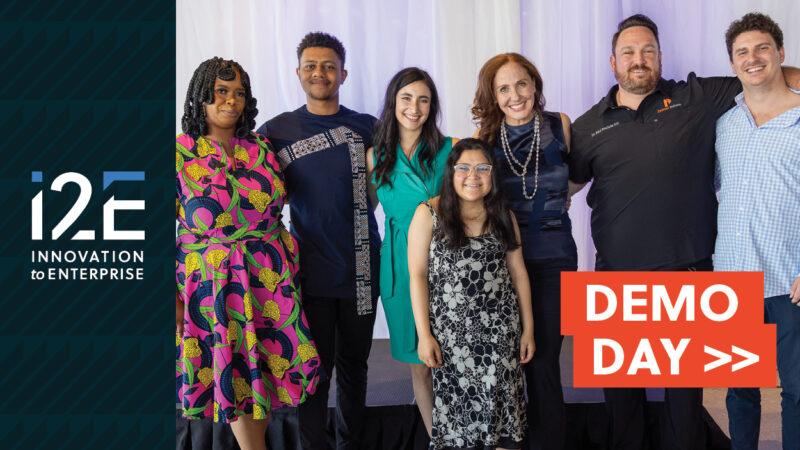As we’ve learned in Oklahoma, enthusiastic entrepreneurial graduate and post-doctoral students perform a vital role in creating successful spinoffs from university technologies.
University Technology Transfer through Entrepreneurship: Faculty and Students in Spinoffs, a new report from Ewing Marion Kauffman Foundation, suggests that in addition to a capable university technology transfer office and effective commercialization policies, the “larger university ecosystem” can have a significant impact.
Researchers performed four to eight case studies at each of eight U.S. universities including Harvard, MIT, Stanford, Cal-Berkley and the Universities of Arizona, Maryland, North Carolina, and Utah. They also interviewed 130 individuals, including founders of 47 spinoffs, technology transfer office directors and staff, students and faculty.
 The study identifies four pathways of technology transfer in cases studied:
The study identifies four pathways of technology transfer in cases studied:
Faculty Primary investigator (PI) and an experienced entrepreneur (23% of cases)
- Faculty PI and PhD/post-doctoral students (41% of cases)
- Faculty PI, PhD/post-doctoral students, and business school students (13% of cases)
- Pure student effort, typically with a master’s/Ph.D. student and business school student (23%)
While Pathway 1 is ideal from the perspective of most faculty members, it is hard to attract entrepreneurs at the very early stages of a venture. This is likely one reason that partnerships between faculty and Ph.D./post-doctoral students were found most often in this study.
There are advantages, too. The students understand the technology and are motivated to work on spinning out the technology. Adding a business school student strengthens the team (Pathway 3), supplementing the business knowledge that Ph.D./post-doctoral candidates may lack.
In the fourth pathway with no faculty involvement, students may take ownership of their own inventions or participate through structured programs.
The study found that universities performing as “business incubators” can give faculty and students the latitude to create their business plan and carry out testing and prototyping activities to reduce early stage risk. This typically results when the university facilitates cross-disciplinary teams and supports development of the technology with resources and commercialization-friendly policies.
Entrepreneurship education, mentoring programs, and business plan competitions — for example Oklahoma’s Donald W. Reynolds Governor’s Cup business plan competition — were all cited as additional ways to increase the impact of student involvement in commercializing university-based technologies.
The study reports that to ramp up spinout success universities should:
- Align the objectives of the university, technology transfer office, faculty, and graduate students. Is the key metric income or impact?
- Leverage all potential university resources for technology transfer offices. Entrepreneurship Centers that cross disciplines appear to be a best-practices way to coordinate assets and bridge the gaps between public and private sector funding.
- Encourage graduate and post-doctoral students to see technology commercialization as a potential career option. With the number and availability academic jobs declining for Ph.D.’s, it can behoove universities and benefit states to encourage Ph.D.’s to direct their aptitude and ability toward entrepreneurship.







